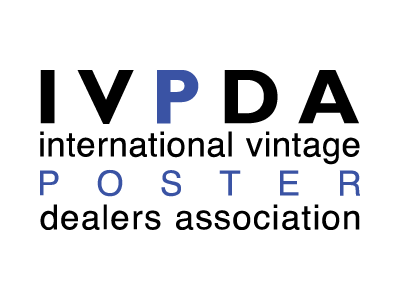|
When an art piece combines two different media in order to cast light on a certain concept, especially when that concept is perhaps ethereal, shifting or otherwise evading definition, the cross-section of artforms creates a particularly dynamic and shimmering expression that somehow describes the subject without pointing directly at it. A masterful way to communicate the shades of beauty hiding in between a shifting presence, the teamwork active by way of visual art and the written word is positively transportative.
Many an artist has been inspired by epic works of great literature or by the intimate musings of contemplative poets, and whether well known or unknown, another dimension of feeling arises from the artwork involving poetry and prose— one that allows for a broader range of resonant possibilities regardless of personal ties with the subject specifically.
|

